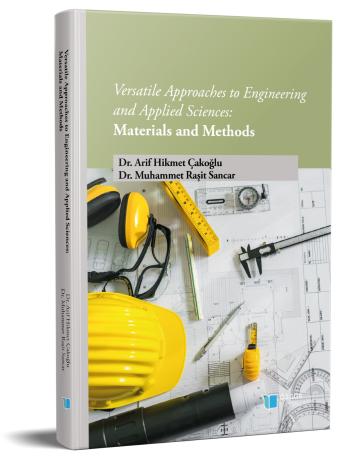
Evaluation of the Optimal Tubular Adhesive Joint Geometry for Structural Applications
Şu kitabın bölümü:
Çakoğlu,
A.
H.
&
Sancar,
M.
R.
(eds.)
2023.
Mühendislik ve Uygulamalı Bilimlere Çok Yönlü Yaklaşımlar: Malzemeler ve Yöntemler.
Özet
Adhesive bonding technology have been widespread in several industrial sectors owing to relevant benefits in comparison to conventional mechanical fastening methods like bolting or riveting. Bonded joints, in their varied formats, have been utilized in many industries as is the case of aeronautical, automotive, naval, wind energy, among others. Tubular adhesive joints (TAJ), although being rarely studied, have found their space and applicability in the construction, motor sports or pipeline industries. In this work it was performed a numerically study, involving cohesive zone modelling (CZM), aiming to assess the influence of geometrical changes on the performance of aluminium TAJ connected with Araldite® 2015 adhesive. The numerical axisymmetric CZM models used in this work were previous validated with experimental results. The geometrical variations for TAJ considered in this work were an outer chamfer, an inner chamfer (both in the adherends), and adding an adhesive fillet at the overlap ends. The geometrical variations analysed in this work have shown significant stress reductions although they are not reflected in an elevated increase in terms of the joint maximum strength, this is mainly due to plasticization of the aluminium adherends.

